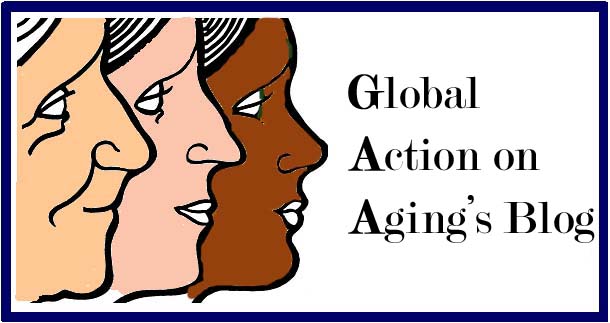As a Global Action on Aging intern, I had the opportunity to attend one of the meetings of the Commission for Social Development that had the theme of poverty eradication. I was very interested in the High Level Panel Discussion on this topic because the speakers presented so much information. I especially liked to learn about concrete policies such as those that the Chinese government put into place to fight against poverty. Of course, panelists shared much general information and informed us that by 2015, close to 50 million people will remain poor.
Though we must know the data to become aware and to develop new policies, I felt a little disappointed that most information was very general. As one panelist remarked, “History proves that to eradicate poverty you must not only concentrate on the poor but you need to focus on the whole society”; yet the figures and policy examples deal only with the poor. Furthermore, poverty affects children, young adults and older people in different ways. Each group requires different solutions. But discussions lead us to think that poor people are a single population. For example, I heard no mention of older people while they represent one of the most vulnerable populations affected by poverty and thus special policies are needed to target them. Even in side events focusing on older people like the one organized by AARP, I noticed that the issue of older people having difficulties to get micro-credit was only raised because one person in the audience raised the question. I would have expected the panelist to treat this issue with some depth.
Finally, because I attended one discussion of the Commission and also two side events, I was reminded that unfortunately time is the key component to initiate and make changes. While experts pointed to the urgency to take concrete actions, a Convention on older Persons’ Rights will require significant time to address the issue, to mobilize a critical mass, and to push forward to draft a convention, a process that will likely take five or more years.
Though we must know the data to become aware and to develop new policies, I felt a little disappointed that most information was very general. As one panelist remarked, “History proves that to eradicate poverty you must not only concentrate on the poor but you need to focus on the whole society”; yet the figures and policy examples deal only with the poor. Furthermore, poverty affects children, young adults and older people in different ways. Each group requires different solutions. But discussions lead us to think that poor people are a single population. For example, I heard no mention of older people while they represent one of the most vulnerable populations affected by poverty and thus special policies are needed to target them. Even in side events focusing on older people like the one organized by AARP, I noticed that the issue of older people having difficulties to get micro-credit was only raised because one person in the audience raised the question. I would have expected the panelist to treat this issue with some depth.
Finally, because I attended one discussion of the Commission and also two side events, I was reminded that unfortunately time is the key component to initiate and make changes. While experts pointed to the urgency to take concrete actions, a Convention on older Persons’ Rights will require significant time to address the issue, to mobilize a critical mass, and to push forward to draft a convention, a process that will likely take five or more years.


No comments:
Post a Comment